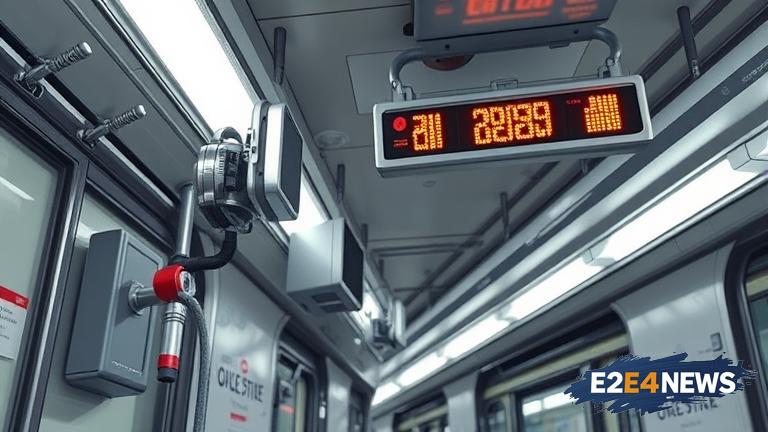The Washington Metrorail Safety Commission, the primary safety watchdog for the Metro system, has issued a pressing call for the expedited installation of a new radio communication system. This move is aimed at significantly enhancing the safety and operational efficiency of the Metro. The current radio system has been plagued by issues, including dropped calls and poor coverage, which have raised concerns about the ability of Metro staff to respond effectively in emergency situations. The new system is expected to provide clearer and more reliable communication, enabling better coordination and response times. The commission’s urgency stems from the critical need to address the existing system’s limitations, which have been highlighted in several incidents where communication breakdowns have compromised safety. By installing the new system, the Metro aims to reduce the risk of accidents and improve the overall passenger experience. The project involves replacing the outdated radio infrastructure with modern, digital technology that supports seamless communication between Metro staff, including train operators, station managers, and emergency responders. This upgrade is part of a broader effort to modernize the Metro’s safety and operational systems, aligning with national standards and best practices in transit safety. The expedited timeline for the installation reflects the commission’s and the Metro’s commitment to prioritizing safety above all else. The new radio communication system will not only enhance emergency response capabilities but also facilitate more efficient day-to-day operations, such as coordinating train movements and managing passenger flow. Furthermore, the system’s advanced features will enable real-time monitoring and data analysis, helping the Metro to identify and address potential safety issues before they become major problems. The installation process is expected to be complex, requiring careful planning and execution to minimize disruptions to Metro services. However, the long-term benefits of the new system, including improved safety, efficiency, and passenger satisfaction, are anticipated to far outweigh the temporary inconveniences. The Metro and the safety commission are working closely together to ensure that the project is completed as quickly as possible while maintaining the highest standards of safety and quality. This collaborative approach underscores the shared commitment to providing a safe and reliable transit system for the Washington D.C. area. As the project progresses, the Metro will continue to communicate with passengers and the public about the status of the work and any necessary service adjustments. The goal is to complete the installation with minimal impact on Metro operations, ensuring that passengers can continue to rely on the system for their daily commutes. In conclusion, the expedited installation of the new radio communication system is a critical step forward in the Metro’s ongoing efforts to enhance safety and efficiency. By leveraging modern technology and prioritizing safety, the Metro is reaffirming its dedication to providing a world-class transit experience for the region. The success of this project will be a significant milestone in the Metro’s safety overhaul, setting a new standard for transit systems nationwide. With its focus on safety, efficiency, and passenger experience, the Metro is poised to emerge as a model for urban transit systems, benefiting not only the local community but also contributing to the broader discussion on transportation safety and innovation.





